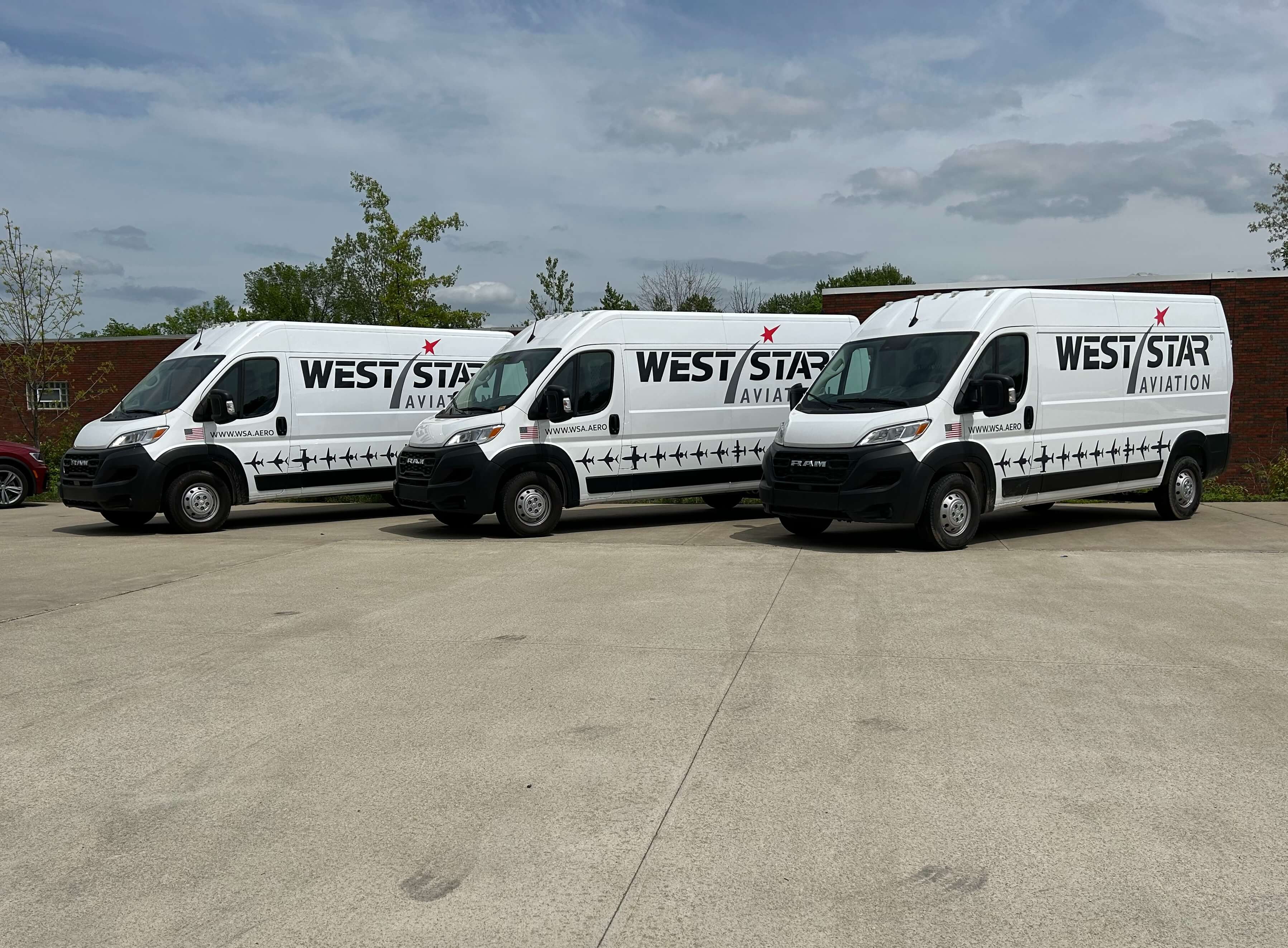
Address your most pressing questions about vehicle wraps and graphics, from design and material choices to installation and maintenance. Learn how you can maximize the benefits of fleet vehicle wraps and graphics for your business.
Yes. Vehicles must be free of dust, mud, wax, oil, protective-type products, and other agents that may prevent the vinyl from adhering to the vehicle surface during the installation of vehicle wraps and graphics. The vehicle surface temperature must be at least 60 degrees Fahrenheit. If the vehicle is not cleaned prior to wrap installation drop-off, a fee may be charged. Please keep in mind, we highly recommend NOT pressure washing the vehicle after installation of the vinyl. Some pressure washers can potentially lift up the vinyl because of improper use of the water pressure. The vehicle wrap is an investment in your marketing and advertising strategy and thus it should be protected.
It is not recommended to wrap a vehicle with imperfections. Because of the way the vinyl film is applied, it will contour to the imperfections of the vehicle and will not last as long.
Every vehicle wrap we sell is manufactured at VMS in the USA. You can learn about all of our capabilities here.
Yes. We will not print anything until you are completely satisfied with the design and have physically approved the design and color proof. We know color and consistency matter to your brand and will work with you to ensure that your vehicle matches your vision.
The majority of the time spent is on the development of the vehicle graphics design concept. The length of this depends directly on how much direction and input you provide as well as your response time. However, we can have concepts for you in just a couple of days. After the design approval stage is finalized, we enter production. Production typically takes 7-10 days once art has been approved. We print and allow the ink to cure. We then laminate the printed vinyl, followed by cutting. Then we move to the final stage, installation. This takes between one to three days depending on the size of your graphics project, vehicle type, and, of course, scheduling.
VMS recommends a three-day installation period for vehicle wrap and graphics installation. Three days gives adequate time for vehicle preparation, installation, and graphics adhesion.
Depending on where you are located, we have an 8,000-square-foot installation facility where all local vehicle fleet wraps are installed. If you are located outside of the Northeast Ohio region, we have a network of 250 Professional Decal Applicators Alliance (PDAA) certified installers across the country that can take care of installations.
Don’t underestimate the difficulty of removing a wrap from a vehicle. In fact, we do not recommend uninstalling the vehicle wrap yourself, as this could cause damage to the factory paint job. Instead, talk to your vehicle wrap service provider about their removal process. They can assure you that when they remove the wrap, it will not cause damage to your vehicle’s paint as long as the paint is in good condition.
Vehicle wrap prices vary depending on how much of the vehicle will be wrapped. We can create anything from simple vinyl lettering to a full vehicle wrap. Our team will help design vehicle graphics and wraps to meet any budget.
According to 3M and Avery Dennison, a wrap can last between seven to ten years on the vehicle depending on the quality of vehicle wrap materials used, the experience of the installer, and if the vehicle is properly prepped prior to installation.